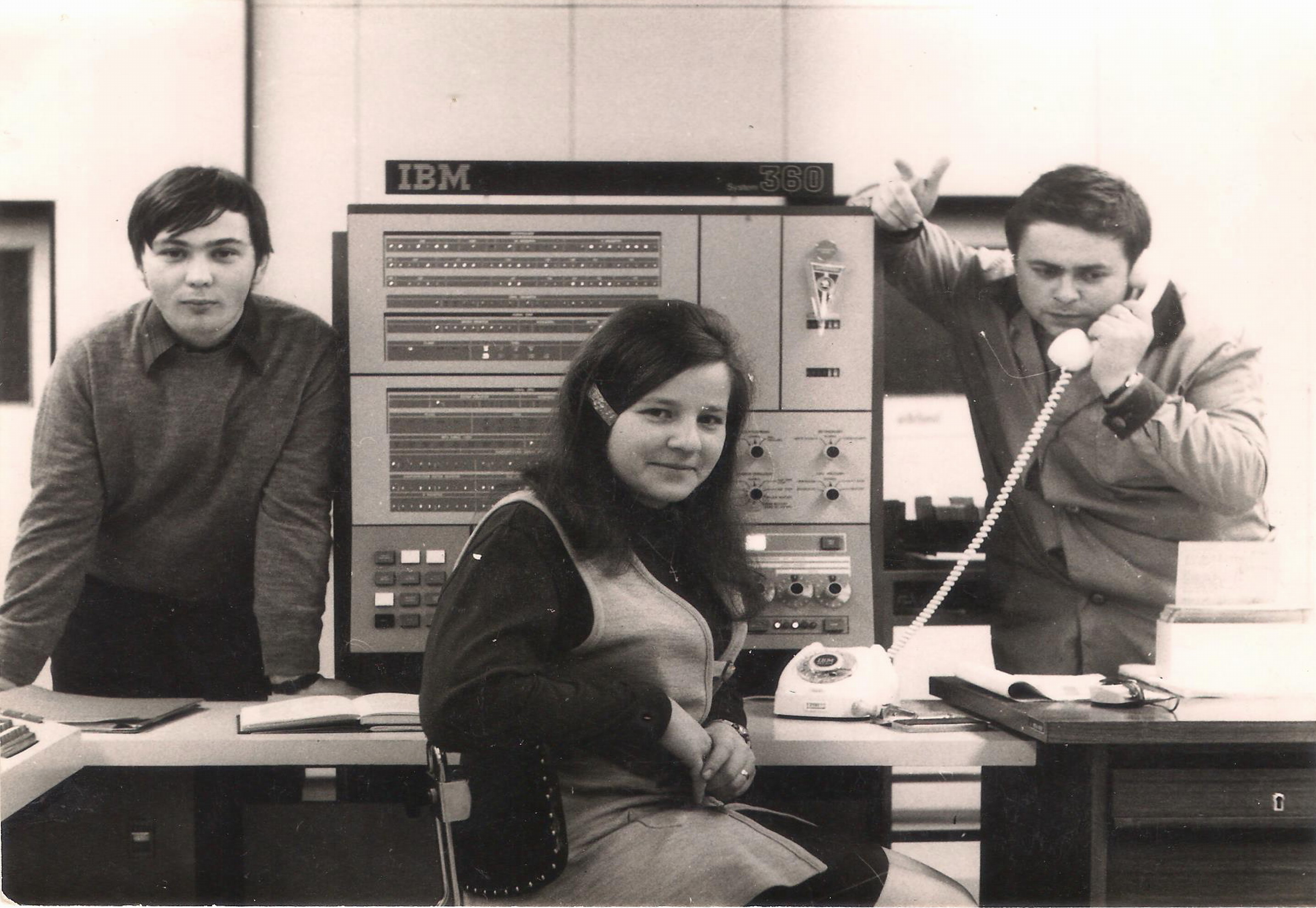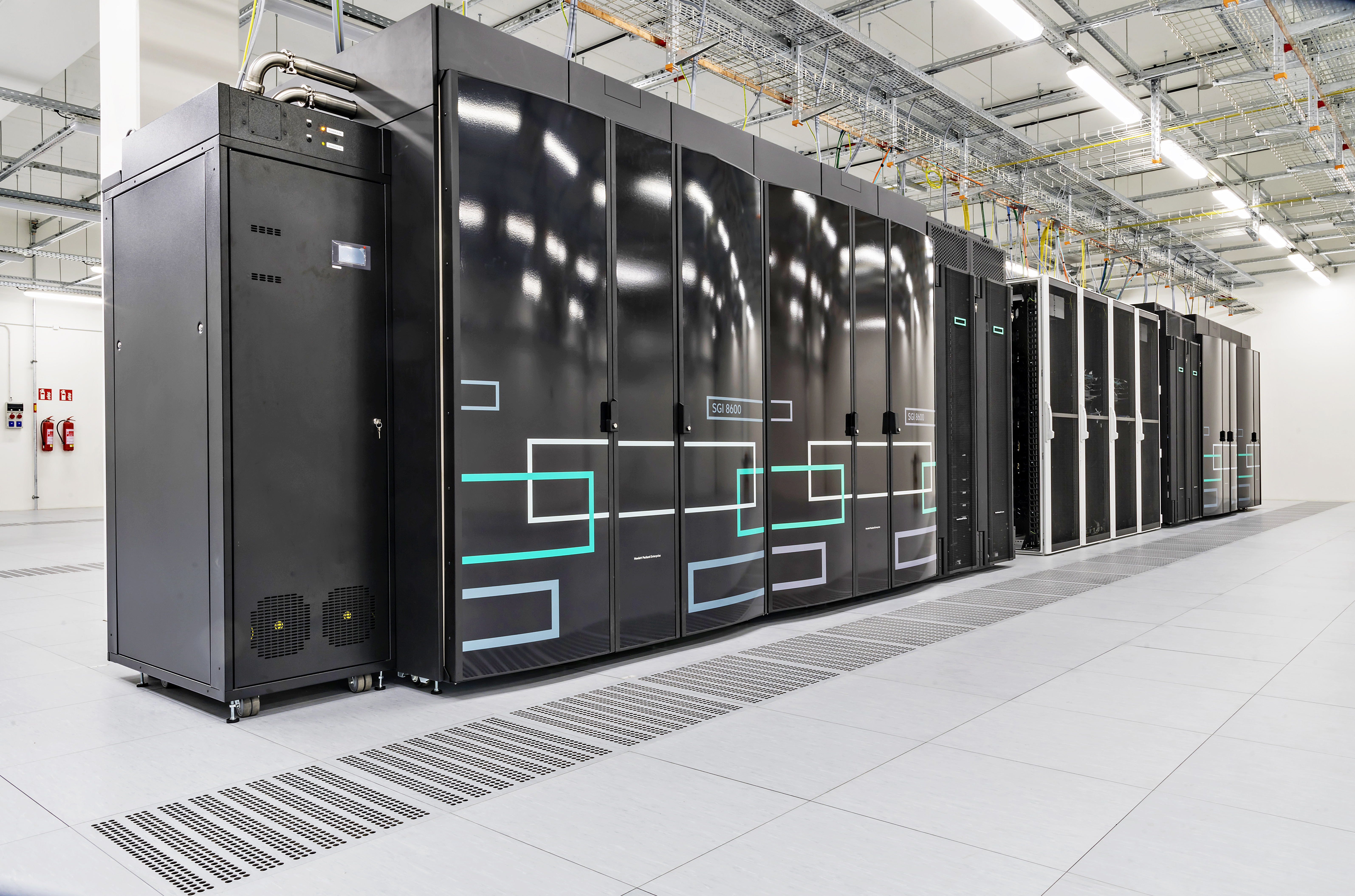From “Calculator” to Supercomputer

Fifty years ago, ŠKODA bought the same computer that helped Neil Armstrong to land on the moon. By today’s standards, its computing capacity might most kindly be described as risible. Now a brand new supercomputer is being introduced at the company’s headquarters in Mladá Boleslav. Let’s compare these two computers!
31. 10. 2019 Škoda World Innovation & technology TechnologyMedia Box
8 images, 1 PDF
Show more
Show less






































